The height of the mushroom season falls in autumn, but already in July, both deciduous and coniferous forests are full of colorful hats of mushrooms, popularly known as russula. A lot of conflicting information is associated with them, in particular regarding their safety.
Content
Characteristic signs and features of the fungus
Finding Russula is very simple, because they do not hide in the grass, under the stumps and do not disguise themselves as the color of fallen leaves, unlike loaves, butter and many other mushrooms.
Appearance and photo
First of all, their elegant (most often matte and dry, sometimes cracked) hats of various colors are striking:
- pink;
- reds;
- white
- yellow;
- green
- purple
- blue;
- brown;
- orange.
Below the photo shows the popular varieties: food, ocher, green.
The hats of very young mushrooms look like hemispheres, later becoming flatter or funnel-shaped. The saturated color of the hat can fade under the influence of sunlight or washed by rains.
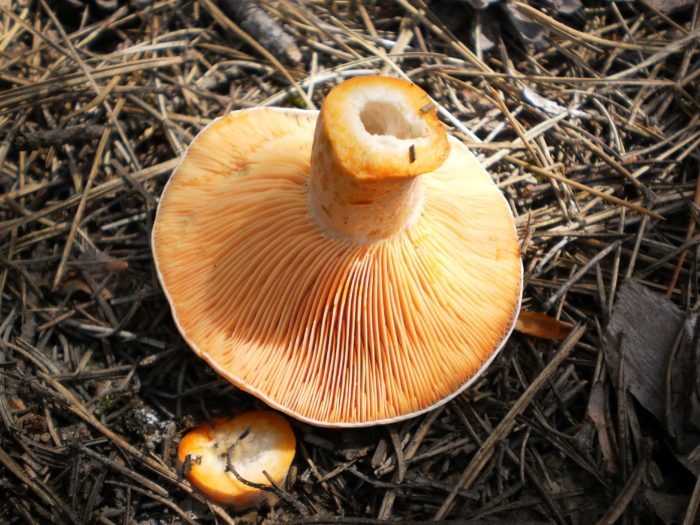 You may be interested in:
You may be interested in:A more detailed description will give a complete picture of the appearance:
- smooth, cylindrical leg (white or tinted) up to 10 cm long and 4 cm thick;
- the bottom of the hat is decorated with adherent plates, usually frequent and brittle, with a color ranging from white to yellow;
- in young specimens, white flesh, gray and brown - in older adults.
Morphology
These mushrooms in Latin are called Russula (derived from "reddish") and belong to the family Russula. Russulaceae belongs to the genus 275 species, about 60 can be found in Russian forests. Many are similar to each other, but may differ in the following morphological parameters:
- the size of the caps (ranging from 2 to 20 cm);
- the shape of the edge of the cap (raised, tucked down);
- the edge of the edge (wavy, ribbed, tuberous, smooth);
- the degree of lagging of the skin from the pulp of the cap (easily, up to half, along the edge);
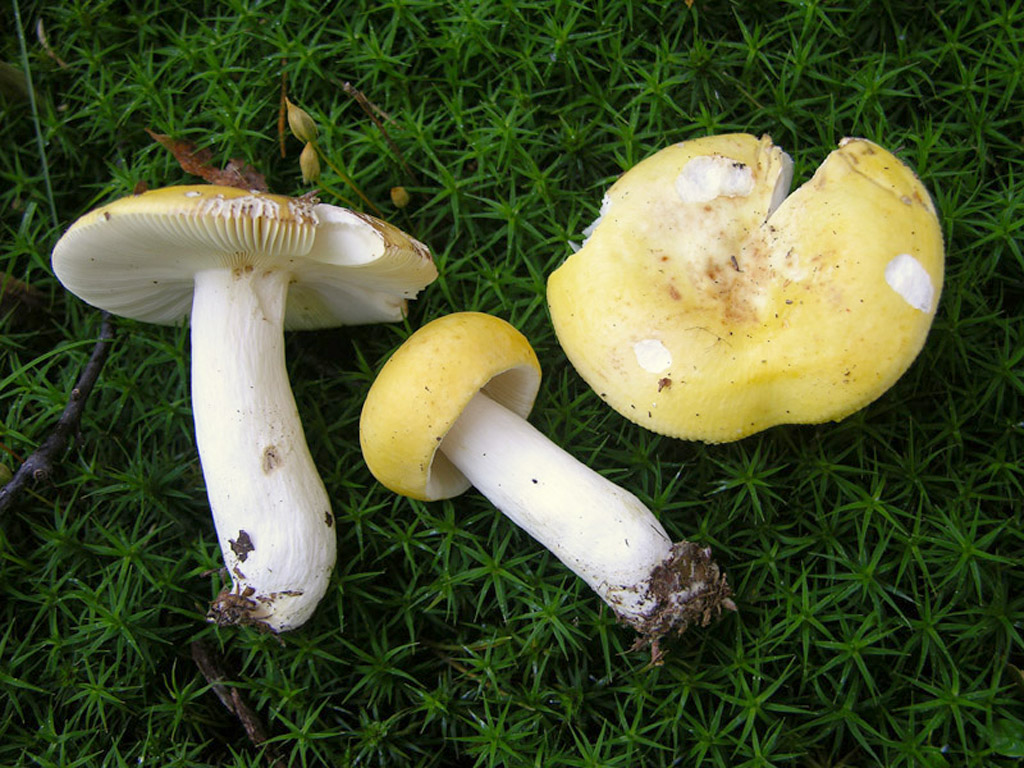
Morphological features of russula - the color of hats and plates;
- the shape of the legs (usually even, sometimes thickened or pointed at the base);
- the color of the legs (usually white, sometimes beige, pink, gray);
- the nature of the surface of the legs (smooth, velvety);
- the taste of pulp (sweet, bitter);
- the color of the spore powder (white, cream, yellow).
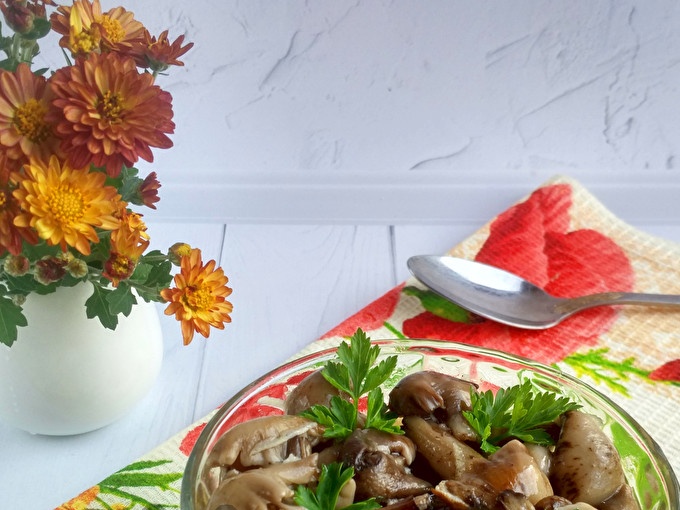 You may be interested in:
You may be interested in:Habitat
They grow on all continents except Antarctica, but most often they can be found in deciduous forests with a temperate climate, where they usually prefer to be in symbiosis with trees:
- oak;
- beech;
- birch tree;
- poplar;
- alder.
Some species (for example, Russula fading) grow in humid coniferous forests. The buffy species may bury itself in moss or forest litter.
Eating
There is no consensus on the suitability of these mushrooms due to the diversity of their species and cultural traditions of different countries.Domestic scientists confidently claim that all Russula is at least conditionally edible, while many Western mycologists declare the toxicity of this family.
Residents of France and Germany do not collect them, considering them absolutely unsuitable for food. Probably, this is due to the Russula Meira, which is extremely widespread in the beech and coniferous forests of Europe and America, which has an extremely unpleasant taste and irritates the digestive tract.
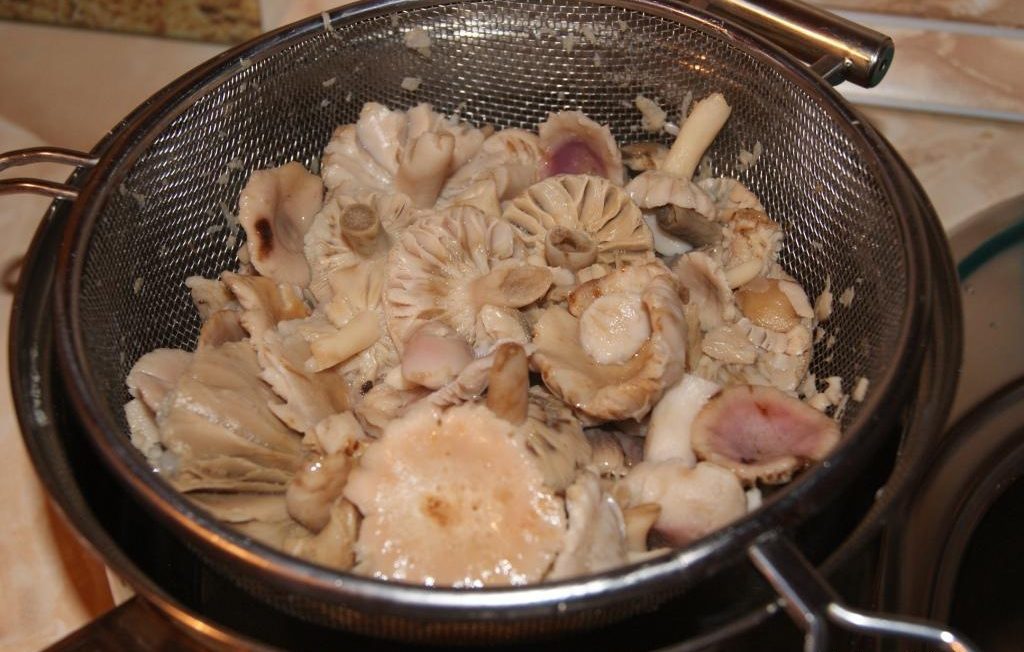
Most Russula belong to the third category of mushrooms, that is, with a good taste, but not too rich in vitamin and mineral composition. Exceptions:
- the aforementioned Mayr Russula and the pungent variety, belonging to the fourth category due to its harsh taste and negative effects on the gastric mucosa;
- the load is white, having much in common with a real load and belonging to the second category, as the most delicious and healthy russula.
Varieties of Russula
This family is extremely numerous, and in almost half the cases, the mushroom found in the forest will be Russula. It can be difficult for an inexperienced mushroom picker to what species his find belongs. Below are considered some of the most popular varieties, upon meeting which you can be sure about their good culinary qualities.
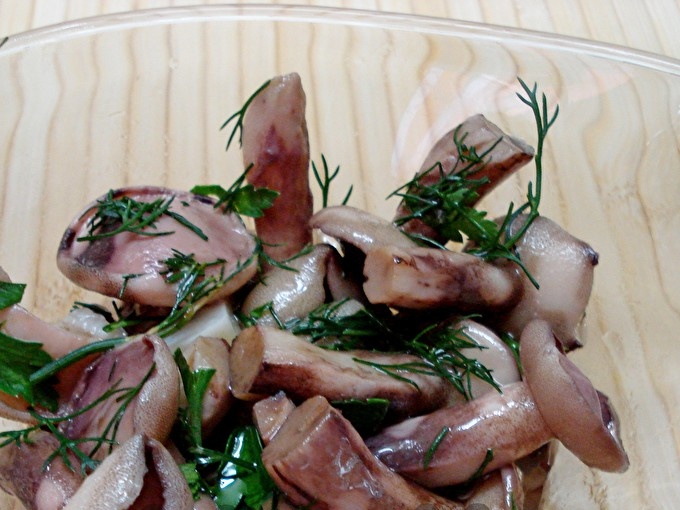 You may be interested in:
You may be interested in:Green
This species is characterized by a pale green hat about 10 cm in size with a depressed middle of brown or yellow color. This mushroom has a pleasant sweet taste and dense pulp.
It is very productive and is one of the most common. It should not be confused with a pale toadstool, the main difference with which is the presence of a ring on the leg of the toadstool.
Wavy
It is also called black and purple because of the rich red color of the hat with a black center. Young mushrooms are gray-green and pungent in taste, but upon reaching maturity they become very tasty, sweetish and aromatic.
Another advantage is the high density, which does not allow the fungus to disintegrate during transportation.
Food
Its distinctive feature is the peel, which does not reach the edge of the cap by 1-2 mm, due to which the flesh and plates are exposed. The color can be either pink or red with a brown or purple tint.
The food variety has a rather dense and squat leg. This type is very tasty and suitable for all types of cooking.
Collection rules
It is best to go for russula in August and early September. They will be mature enough, but not overgrown. Do not pick mushrooms on the side of the road, you need to delve into the forest, where there is cleaner air.
Difference from false and inedible mushrooms
Some russula may look like inedible and poisonous mushrooms. As mentioned above, the green Russula resembles a toadstool, but differs in the absence of a “skirt” (membranous ring in the upper part of the leg) and tuberous swelling below.
The old red fly agaric with which white flakes flew over can be confused with red russula. They are distinguished by the absence of the last seal at the bottom of the leg and white ring at the top.
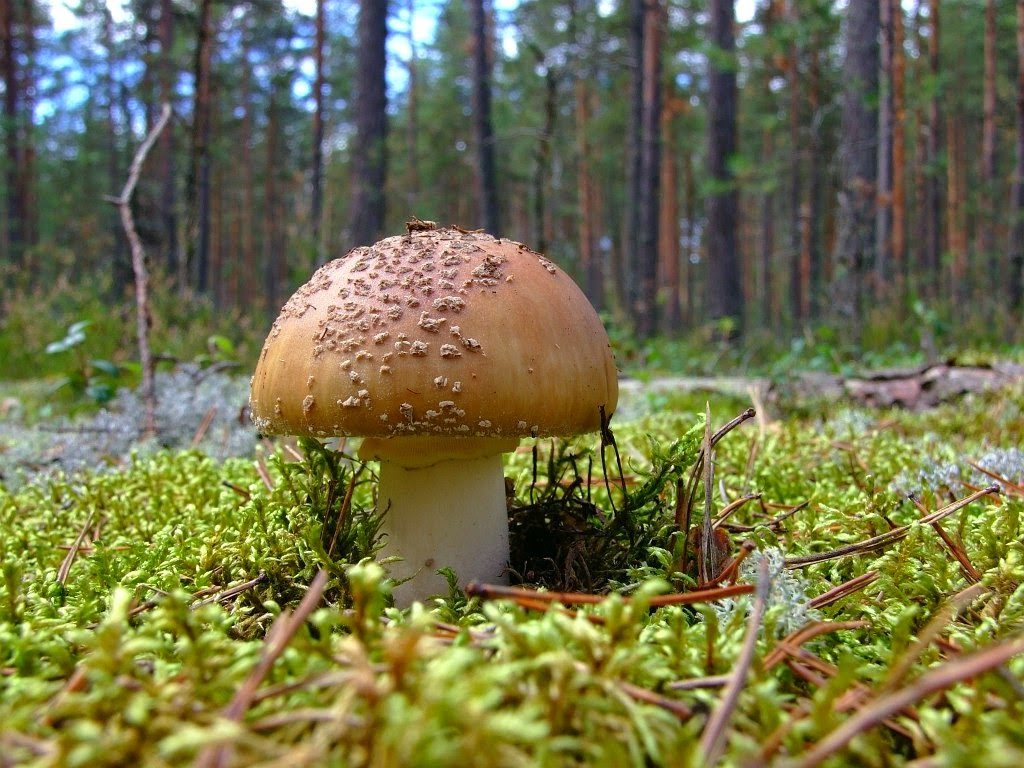
Such false russes also belong to false species:
- blood red;
- sharp-edged (usually dark purple with a black middle and pink leg);
- pungent (bright red with a characteristic tobacco aroma);
- black.
False varieties can be distinguished by the absence of worm damage, flashy coloration and unpleasant odor. They are not poisonous, but have a bitter, pungent taste.
Useful properties and restrictions for use
This mushroom family has the following beneficial properties:
- contains vitamins B2, PP, C, iron, phosphorus, magnesium, potassium;
- is a source of protein;
- combines low calorie content (15 kcal / 100 g) and high nutritional value;
- does not accumulate radiation in comparison with other grades;
- the stinging species has the property of inhibiting staphylococci;
- a highly active enzyme for the production of cheeses called rusulin is obtained from the Russula graying.
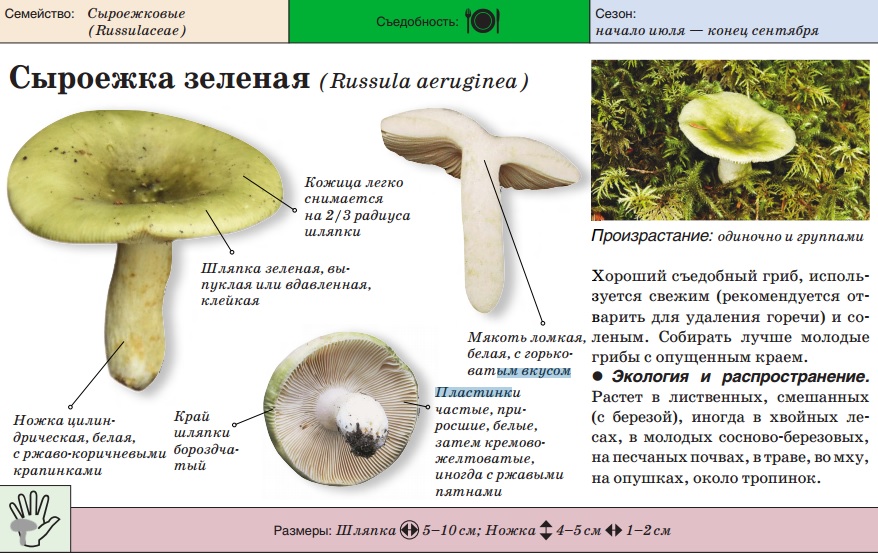
Their use is contraindicated in such categories of persons:
- children under 7 years old;
- To old people;
- suffering from gastrointestinal diseases.
Recipes and cooking features
These mushrooms can be cooked in every possible way:
- fry;
- stew;
- cook (for example, in soup);
- salt;
- dry.
The recipe for fried russula with onions, proven over the years, is very tasty. This will require:
- 0.5 kg of mushrooms;
- 2 onions;
- 5 cloves of garlic;
- butter;
- 1 tbsp. l lemon juice;
- spices and herbs to taste.
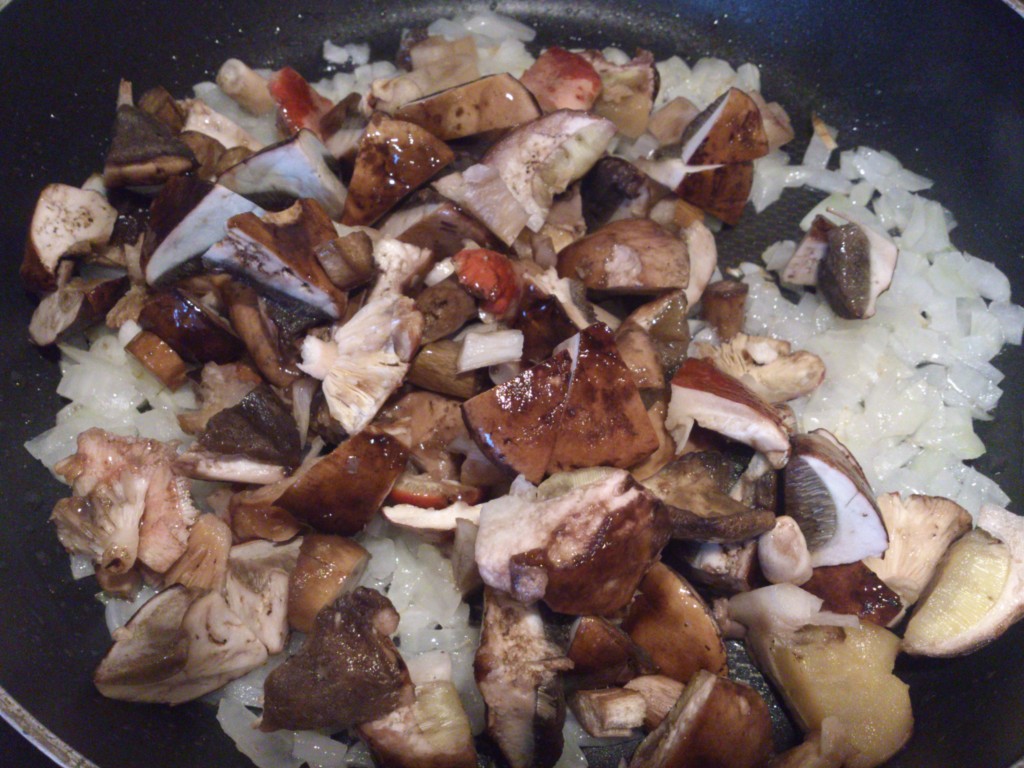
Vegetables are finely chopped, quickly fried in oil over medium heat. Sliced mushrooms are added to them, lemon juice is poured in and spices are poured to taste. Everything is mixed and fried over high heat.
Answers to widespread questions
These mushrooms raise many questions, starting with the interpretation of the name and ending with the features of the preparation. Below are answers to the most common ones:
Russula is very productive, grow up to late frosts, tasty, good in pickling and contain vitamins. Unfortunately, they are also very fragile and brittle, and they are also bitter, which does not add to their popularity among mushroom pickers. But the problem of taste is solved by the right choice of variety.

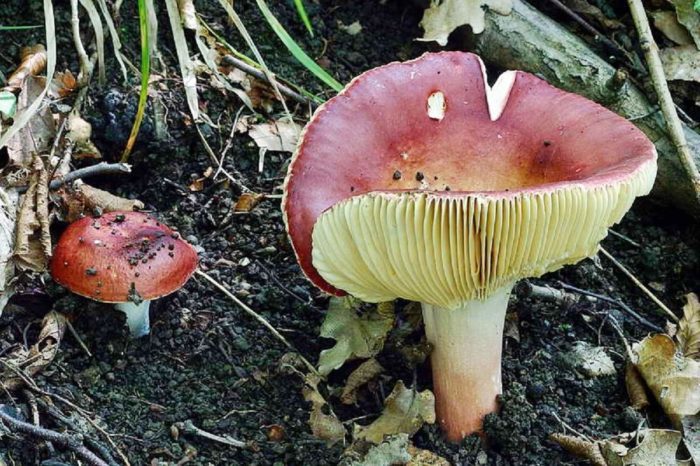
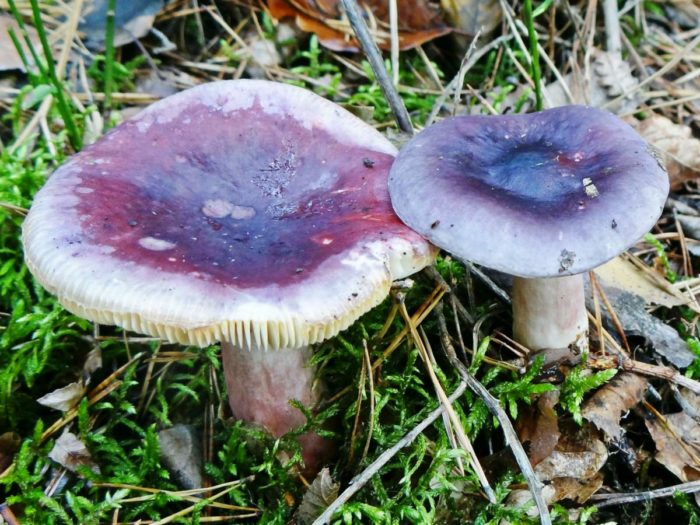
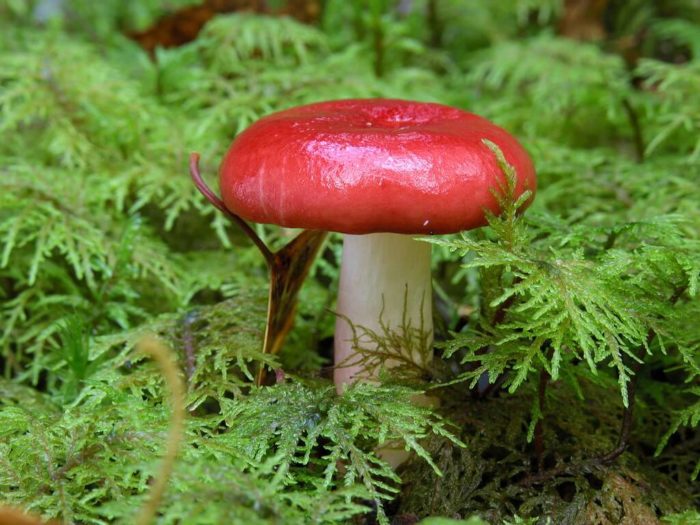
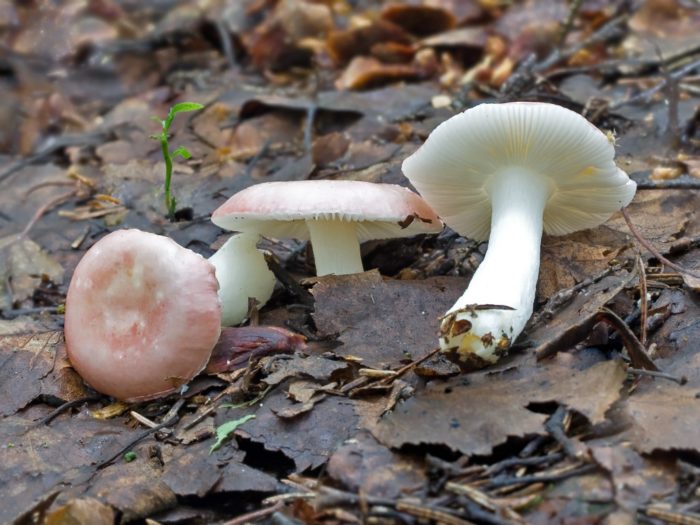
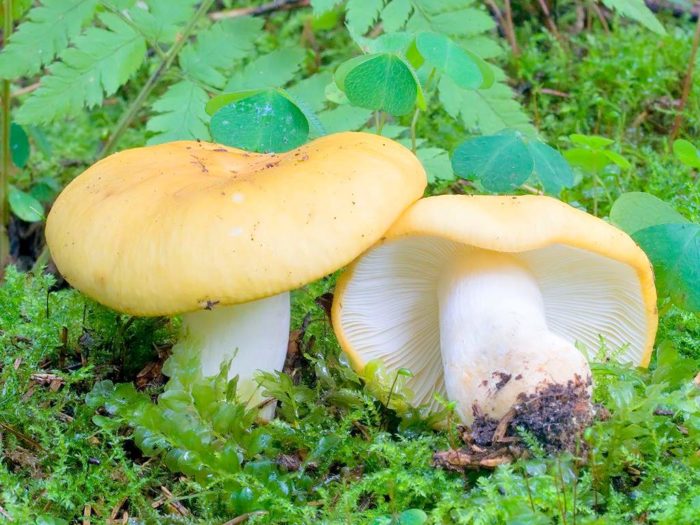
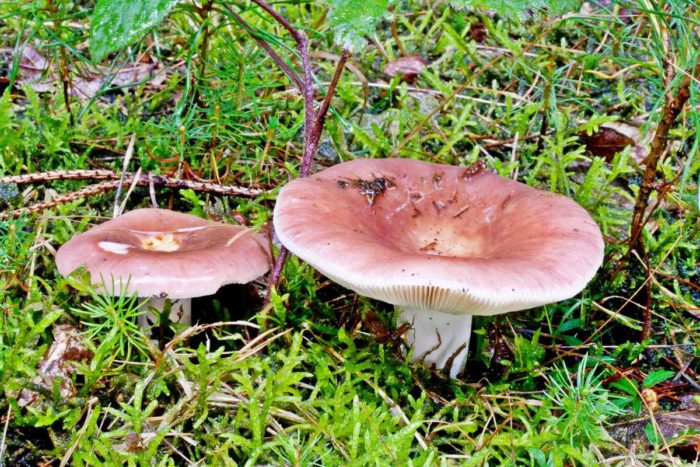
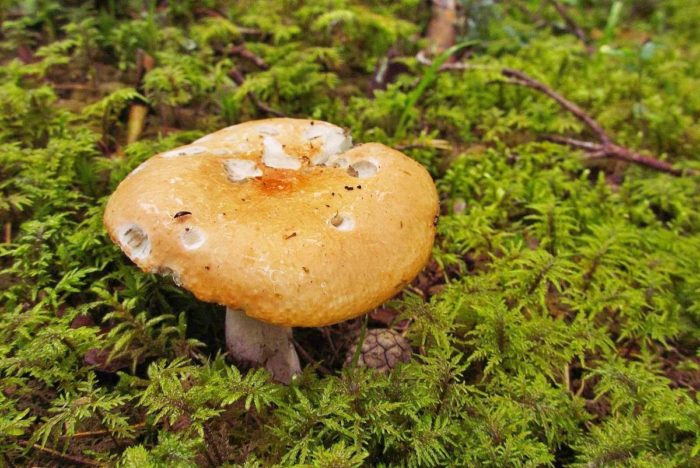
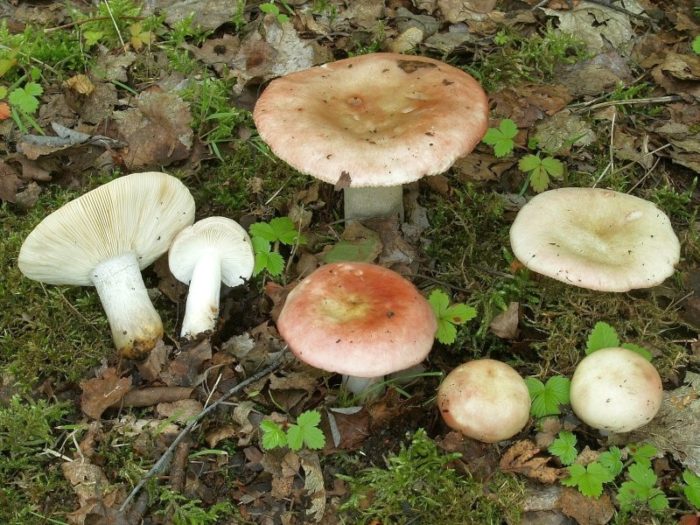
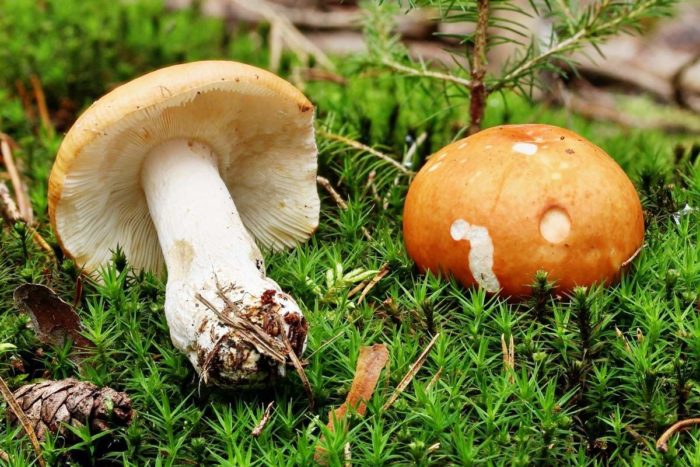



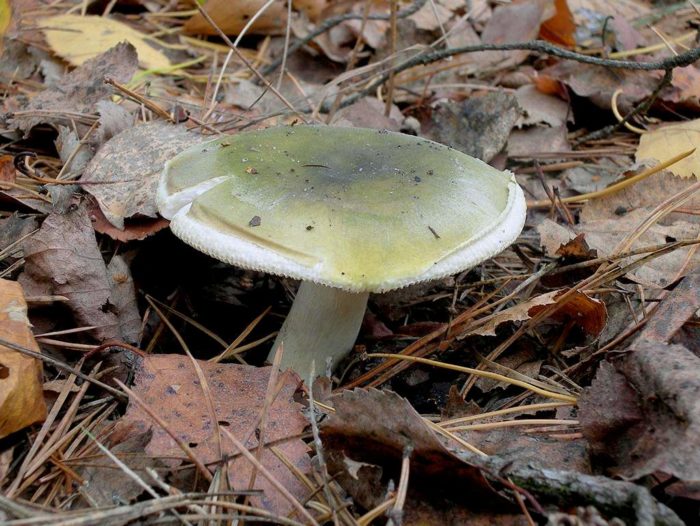
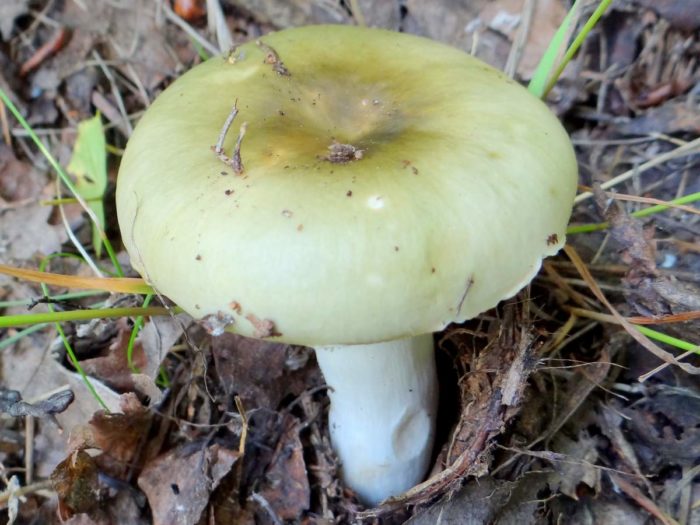
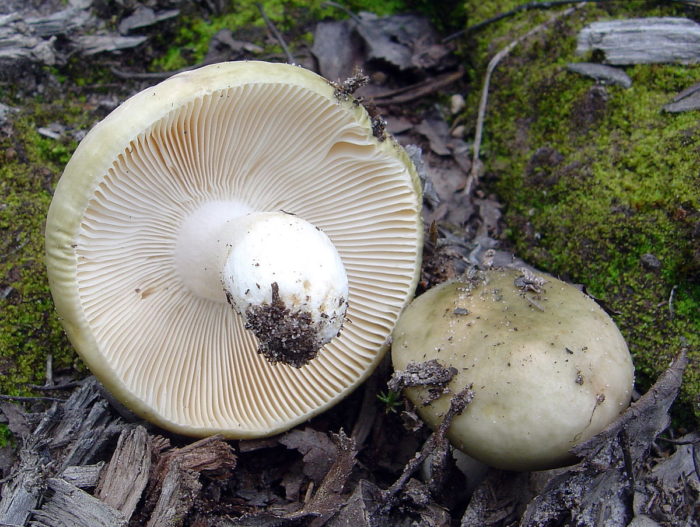
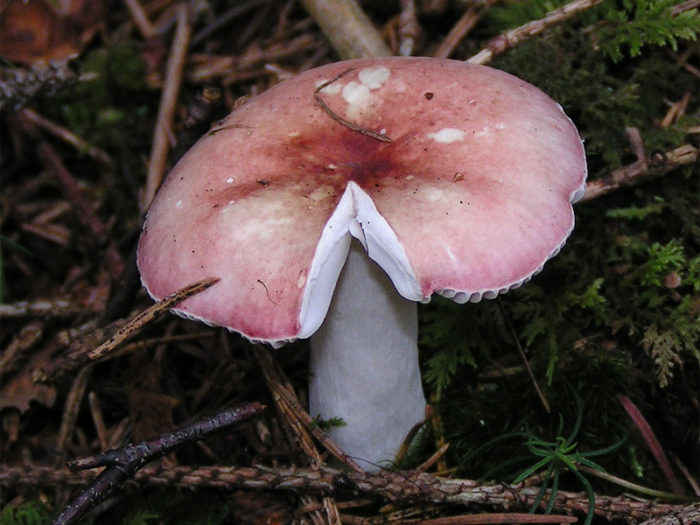
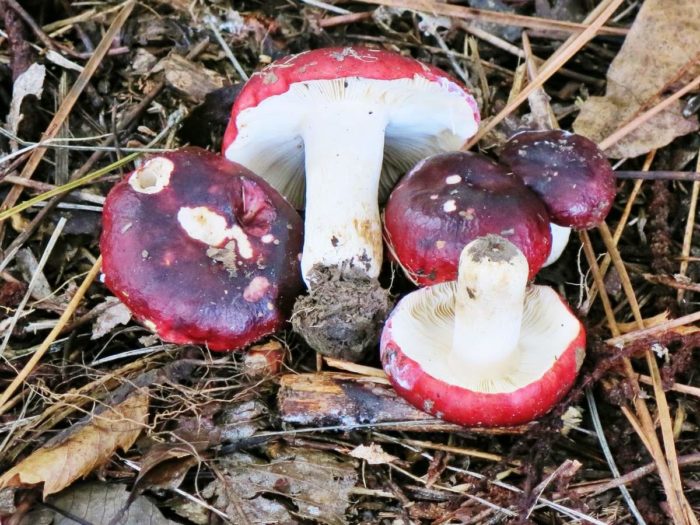
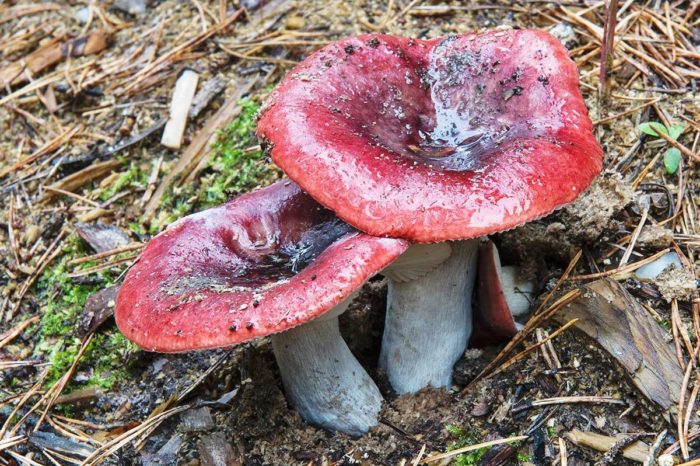
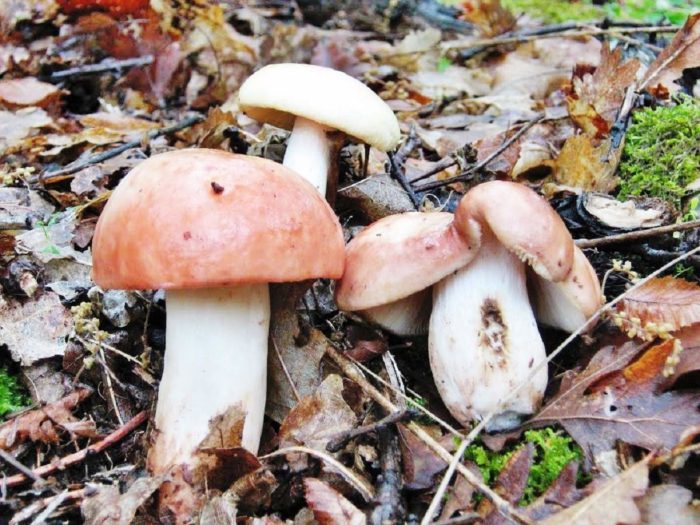
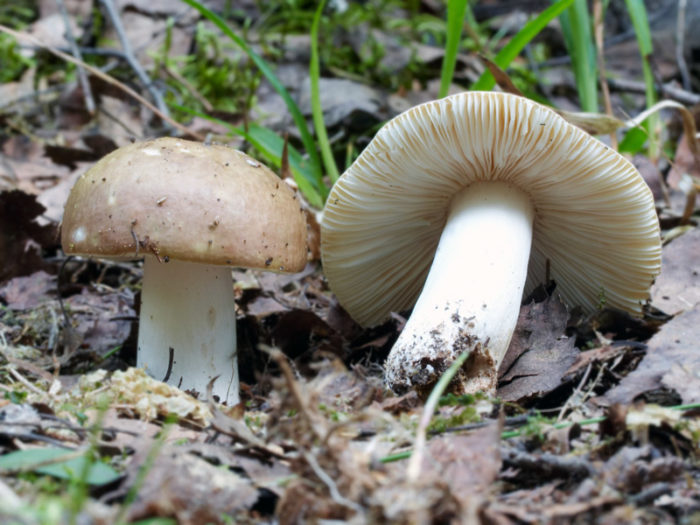
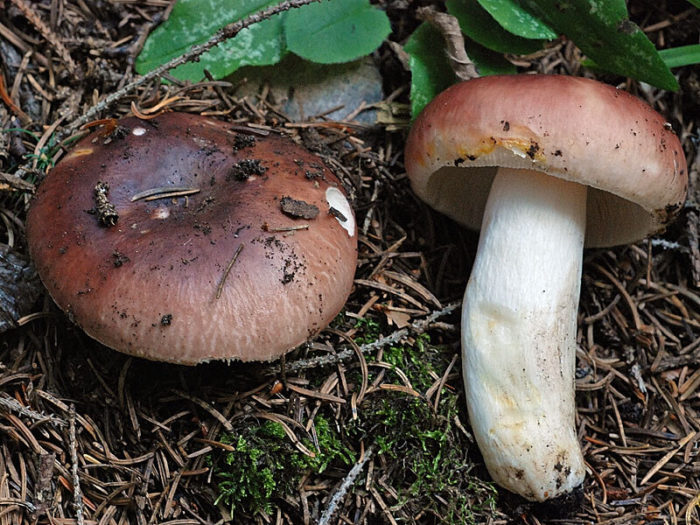
 Care and use of Kombucha at home (+22 photo)
Care and use of Kombucha at home (+22 photo) Edibility of the fungus of the motley umbrella and its description (+19 photo)
Edibility of the fungus of the motley umbrella and its description (+19 photo) Description of edible and inedible oils, their poisonous counterparts (+40 photos)
Description of edible and inedible oils, their poisonous counterparts (+40 photos) Useful properties of milk mushroom and its contraindications (+17 photos)
Useful properties of milk mushroom and its contraindications (+17 photos)